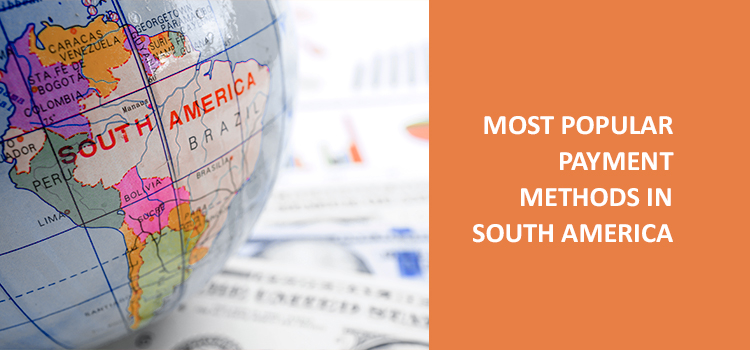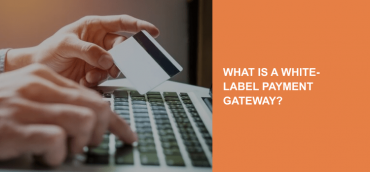Today, the South American economy has finally recovered from the fall of 2008-2016 and began to grow. If three years ago, only 126.8 million people in the region used all the opportunities of e-commerce, nowadays, their number is expected to increase to 155.5 million. And although this market is still quite small, compared to the Asia-Pacific or North American regions, however, it shows high potential. Over the same three years, the volume of retail e-sales in South America has grown from $49.8 to $79.7 billion. Given that the continent has more than 386 million people, there are many opportunities for any e-commerce business. Nevertheless, you must always remember the severe economic conditions of Latin America every potential merchant has to adapt.
Now we are going to look at the major payment methods that are most popular in some countries in South America.
Payment methods in Brazil
Brazil has a population of 209.5 million, and almost 90% of them prefer to use national payment methods due to legal restrictions.
In Brazil, several major banks are dominant and have their own payment standards.
Statista reports that the number of residents who use e-commerce services is growing, and as of 2018, it is catering to 28% of the total number of residents. Moreover, if you want to order goods from abroad, you will have to pay an additional tax of 6.38% of the purchase amount. This tax also applies to any international transfers.
It is one of the incentives to make more transfers within the country, which is beneficial for both merchants and consumers.
As for online payments, credit, debit cards, cash, and Boleto Bancário dominate the market.
Based on the Banco Central do Brasil report, about 80% of all merchants that accept payment cards pay preference to the Visa brand with MasterCard following it. The use of credit cards in online transactions is 69%.
Payment methods in Colombia
As Cross Border Ecommerce report from Colombia claims, most online payments in Colombia (61%) are made using credit and debit cards. This type of payment is one of the main and has significant development trends.
The leading brands in Colombia are Visa, MasterCard, Diners, and AMEX.
Although people with higher incomes most often use international banking systems, many retail stores have their cards, which allows access to all segments of the population. These private card brands can get deductible from Visa and MC.
Cencosud, CMR Falabella, Coomeva, and Éxito control about 10% of the plastic card market.
One of the leading alternative payment methods is Botón PSE, a direct debit charged from the client’s bank to the merchant’s account. Enterprises have used this service since 2010. It’s known that more than 4 thousand companies use it.
Payment methods in Uruguay
Uruguay has a population of 3.45 million. Despite the small number, the e-commerce market in the country is quite extensive and rapidly developing.
Due to its low level of corruption and a high level of education, Uruguay is an attractive country for doing business.
Approximately 58% of all online transfers occur domestically using local payment methods.
Credit cards are the dominant method and account for about 70% of the total number of transfers.
International payment cards cover about 42% of e-commerce costs in Uruguay.
Despite this, in the country, only half of all issued cards are intended for local use.
Cash payments are still a popular payment method, although they only account for 17% of all transactions.
3% of all transfers are debit cards. It is a small number of users, but in the future, it is planned to develop this payment method.
Other payment methods include the use of ATMs, electronic wallets, etc.
Payment methods in Argentina
Argentina is the third-largest economy in Latin America and the e-commerce market with great potential. Up until recently, restrictions on import and currency control made Argentina risky for foreign investors. However, the government has revised the situation, and over the past five years, the e-commerce market has grown significantly.
In 2018, more than 77% of all online transactions were made with credit cards while in other countries only half of the cards can be used for settlements on international resources.
11% of all online payments are transferred using cash accounts.
In fact, PagoFacil and Rapipago are dominant payment networks and most habitants use them for money transferring.
Debit cards are not so widespread and cover only 7% of all transactions. Still, it is only a matter of time before they capture a significant part of the online payment market in Argentina. The government creates new partnerships to improve the current situation to pave the way for debit card payments.
Payments using e-wallets and bank transfers have 4% and 1% coverage, respectively.
The bottom line
South America still has a great deal to overcome to achieve perfect e-payment processing. One of the reasons is the limited access to secure credit card-based payment methods since a considerable number of people in the region do not use the formal banking system. But despite the difficulties, e-commerce operators have learned to manage the system even in such an unstable reality.





